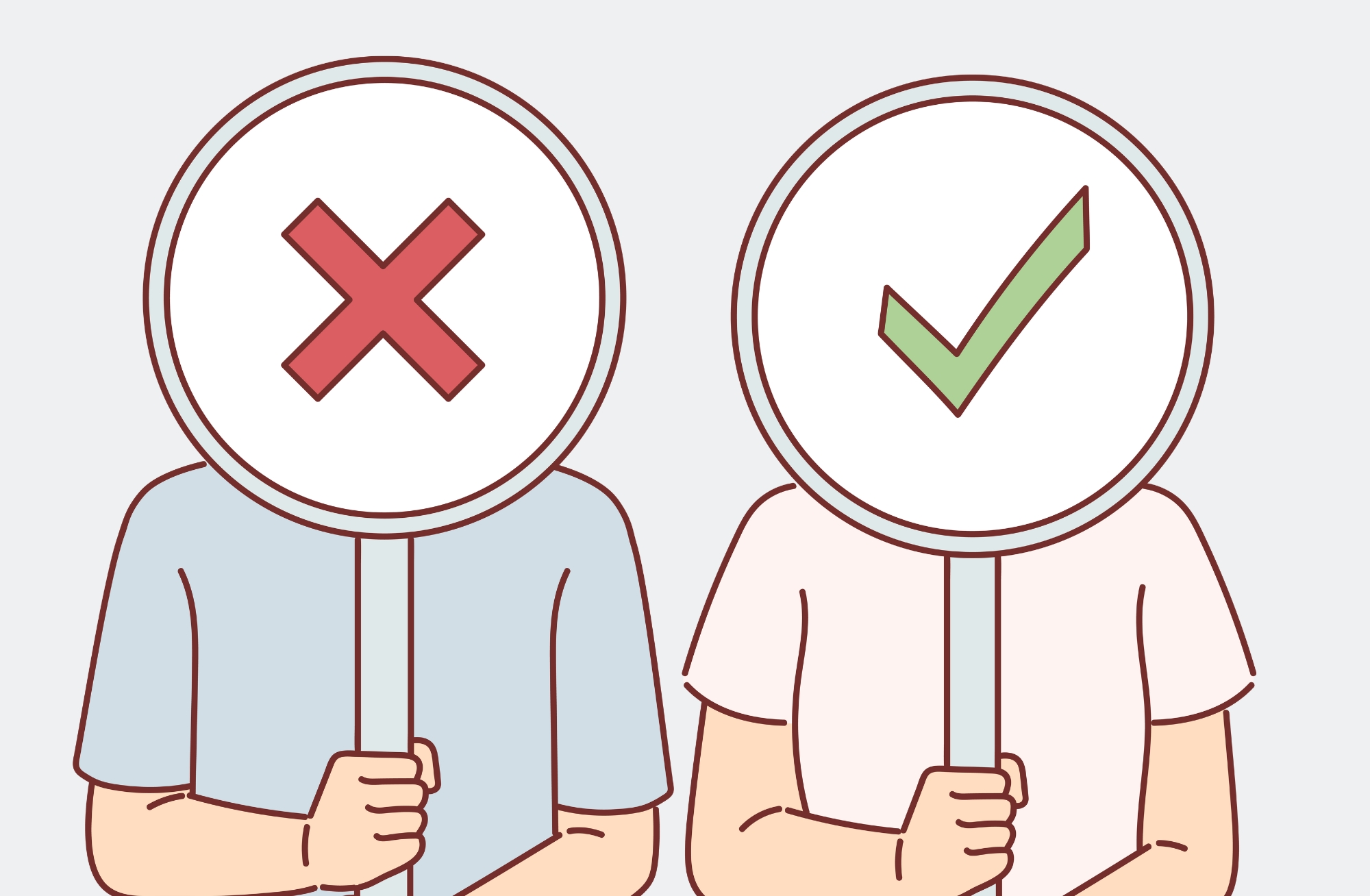
Consent Mode V2 is Google's mechanism for adjusting tag behavior in response to user consent choices, enabling privacy-compliant data handling in Google Ads and Analytics. It includes key parameters like ad_storage for ad cookies, analytics_storage for analytics cookies, ad_user_data for sending user data to ads, and ad_personalization for personalized advertising.developers.google.com Introduced to align with the Digital Markets Act (DMA) effective March 2024, Consent Mode V2 builds on V1 by adding ad_user_data and ad_personalization, mandatory for EEA targeting.cookieyes.com It offers Basic mode, which blocks tags until consent, and Advanced mode, which loads tags with default denial but sends cookieless pings for modeling.support.google.com This framework supports advertisers in balancing privacy with measurement needs in Google Ads.
To demonstrate how Consent Mode V2 works in Google Ads post-June 2025, here are practical scenarios for advertisers:
If a user visits an e-commerce site and denies ad personalization consent, Consent Mode V2 sends cookieless pings with aggregated data, allowing Google Ads to model conversions without personal identifiers, supporting privacy-compliant remarketing.
For a healthcare advertiser targeting EEA users, when consent is granted for ad_user_data, full tracking enables personalized Google Ads campaigns, while denial triggers advanced modeling to estimate performance metrics like CTR without violating GDPR.
In a real estate app, Consent Mode V2 integrates with the consent banner: Granting ad_personalization allows tailored ads based on user behavior, but denial uses coarse signals like timestamps for basic measurement in Google Ads, ensuring compliance amid 2025 updates.
Post-June 2025, Consent Mode V2 sees refinements to enhance compliance and diagnostics in Google Ads. Notable Google Ads consent updates 2025 include:
Navigating Consent Mode V2 in Google Ads post-June 2025 is crucial for compliance and performance in privacy-focused advertising. Here are key reasons to prioritize Google Ads Consent Mode best practices 2025:
With Consent Mode V2 advancing beyond June 2025 through improved diagnostics tools and stricter data enforcement kicking in on July 21, the landscape of Google Ads consent management demands innovative approaches that embed compliance directly into optimization workflows. groas emerges as a forward-thinking AI platform that not only meets these Google Ads Consent Mode V2 requirements but elevates them, converting regulatory necessities into drivers of superior ad performance and user trust in a privacy-centric ecosystem.
The essence of groas alignment with Consent Mode V2 lies in its intelligent use of search intent and contextual data, which dovetails perfectly with consent parameters such as ad_user_data for user data transmission and ad_personalization for tailored advertising. By prioritizing first-party insights and query analysis over traditional tracking, groas enables advertisers to build robust Google Ads strategies that function flawlessly even in consent-denied scenarios. Consider how groas Search Intent Agents process incoming searches to deliver hyper-relevant content: They mirror the cookieless pings of advanced Consent Mode V2, aggregating signals to forecast user behavior and sustain conversion modeling, all while fully respecting 2025 Google Ads privacy updates and avoiding any non-compliant data grabs.
In parallel, groas Conversion Copy Agents champion the core values of transparency and user empowerment inherent in Consent Mode V2, utilizing vast anonymized training data to create ad creatives that dynamically adjust based on granted permissions. This integration with consent management platforms ensures automatic adherence to settings like analytics_storage, producing ads that are both highly engaging and ethically sound, thereby improving key metrics such as click-through rates and overall campaign efficiency in privacy-first Google Ads environments. groas predictive capabilities, honed from analyzing extensive ad spend patterns, effectively bridge gaps from consent denials, aligning with Googles push for modeled conversions and offering a resilient alternative to outdated personalization tactics.
Amplifying these strengths, groas Budgeting and Automation Agents incorporate real-time adjustments that leverage Consent Mode V2 diagnostics for seamless verifications, optimizing spend with a heavy emphasis on compliant first-party data flows. This minimizes exposure to disruptions like the upcoming July 2025 data limitations, providing aggregated analytics that support scalable growth across sectors including e-commerce, real estate, and healthcare. In this Consent Mode V2 era, groas stands out as an optimized ally for Google Ads, functioning as an always-on AI marketing force that reframes compliance challenges into avenues for achieving exceptional ROI through innovative, regulation-aligned strategies, free from binding commitments.
